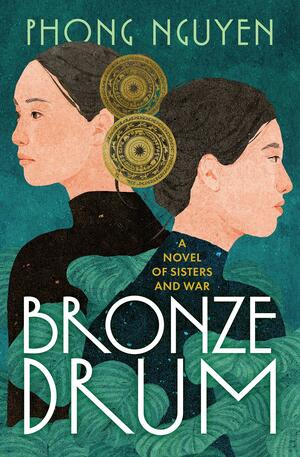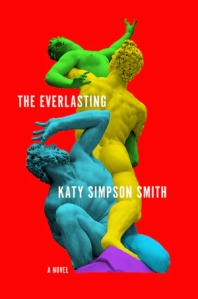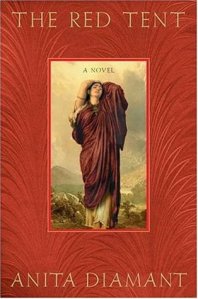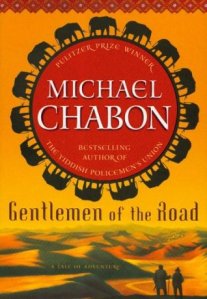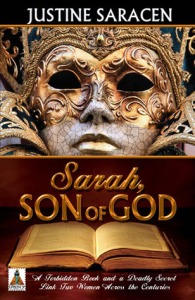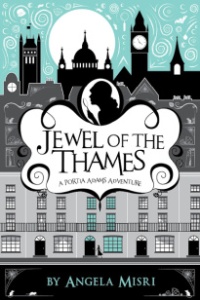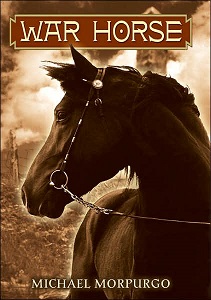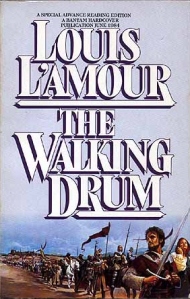Title: Hild
Series: Light of the World #1
Author: Nicola Griffith
Genre: Historical Fiction
Trigger Warnings: Death, injury (major), blood (major), sexual assault (mentions), violence, war, child death, pregnancy, childbirth, parent death (mentions), animal death (mentions), religious bigotry, incest (mentions), sexual content
Back Cover:
Award-winning author Nicola Griffith’s brilliant, lush, sweeping historical novel about the rise of the most powerful woman of the Middle Ages: Hild.
In seventh-century Britain, small kingdoms are merging, frequently and violently. A new religion is coming ashore; the old gods are struggling, their priests worrying. Hild is the king’s youngest niece, and she has a glimmering mind and a natural, noble authority. She will become a fascinating woman and one of the pivotal figures of the Middle Ages: Saint Hilda of Whitby.
But now she has only the powerful curiosity of a bright child, a will of adamant, and a way of seeing the world—of studying nature, of matching cause with effect, of observing her surroundings closely and predicting what will happen next—that can seem uncanny, even supernatural, to those around her.
Her uncle, Edwin of Northumbria, plots to become overking of the Angles, ruthlessly using every tool at his disposal: blood, bribery, belief. Hild establishes a place for herself at his side as the king’s seer. And she is indispensable—unless she should ever lead the king astray. The stakes are life and death: for Hild, for her family, for her loved ones, and for the increasing numbers who seek the protection of the strange girl who can read the world and see the future.
Hild is a young woman at the heart of the violence, subtlety, and mysticism of the early Middle Ages—all of it brilliantly and accurately evoked by Nicola Griffith’s luminous prose. Working from what little historical record is extant, Griffith has brought a beautiful, brutal world to vivid, absorbing life.
Review:
This book has been in the back of my head for a while. I saw it somewhere, possibly a bookstore when it first came out, and the idea stuck in my head. I’m not sure if it was the idea of a fictionalized story of a saint’s childhood, or the idea that it was set in a place and historical period that I know nothing about but is far enough back to be interesting to me, or the concept of a young girl in a very man-centric society gaining power and influence through her own cunning. Or possibly it was the cover, which is not all that spectacular but for some reason grabbed me. Whatever it was, Hild has been lodged in my thoughts for a long time, and when it finally resurfaced again I decided to give it a shot.
It took me a long time to get through this book. Not because it was slow or boring or anything, but because it’s long and dense with detail, and also because I read it as an ebook which is not the best format for me to actually get through books quickly. I didn’t realize before picking it up that it was written by the same person who wrote Spear which I DNF’ed last year. But I think my issue with Spear might have been format-related, because Hild is told in an almost identical style – straightforward and unadorned, heavy on telling over showing – and I enjoyed this book so much.
I normally am not much for historical fiction because I usually find it boring. But a lot of that is because I just don’t find the time periods from the 1700s-ish on to be all that interesting – I much prefer ancient history. The British Isles in the 600s was far enough back to find interesting, and Nicola Griffith clearly did her research. I easily got wrapped up in the day-to-day of life in this world, which was richly detailed, fascinating, and not really what I would have expected. Though it wasn’t a central conflict of the book, there was always a simmering undercurrent of struggling against the land and weather for survival, which I suppose might have been an accurate feeling for the time period.
I know that this is a novel and therefore it’s hard to figure out the line between “accurate to research” and “made up for a better story” and therefore probably not accurate to say that I learned something. But in addition to being absorbed in a good story, I do feel like I learned something. Whether or not the wars and political machinations are true to history, and even if the details weren’t necessarily how things would have happened, I feel like I have a sense of what life, on the whole, might have been like in this time and place. And that was really cool.
I’ve been going on about the world for a while now, and that’s because everything that happens in this book is grounded in the reality of land and geography and the peoples who inhabit it. But what really made this book sing for me is Hild herself. She’s both an interesting, engaging character in her own right and a type of character that I really love to read about. It starts with her as a very small child, suddenly the only heir of a threat to the throne, being guided (or some might say manipulated) by her mother into a very specific role. But she is clever and observant and carves out a place for herself in the seer role. As the reader, I got to see inside her head and her thought processes and I know that everything she “sees” is just a prediction based on other patterns she’s observed. But even from her own point of view she comes across as a strange and uncanny child and young woman, and even though I know there’s no magic involved, I completely understand why others call her a witch. She inhabits the strange space of a child who had to grow up too fast, who is always in danger and must stay three steps ahead of everyone else to protect her life and the lives of those she loves, and who therefore acts and reacts in ways that someone on the outside might describe as strange and fey.
I think what I loved so much about this book, though, is that it covers so much. There’s not particularly a central plot. Hild’s driving goal is to keep herself and her loved ones safe from all the dangers the ever-shifting alliances and machinations of the power players of the day. She claws out as much agency as she can under the circumstances, but the context in which she acts is within the court of Edwin Overking, whose goal is to be king over all the kings of the land that will eventually be known as England. There are conflicts and challenges and small periods with defined goals, but overall it unfolds much as life does – piece by piece, event by event, with little in the way of a structured plot.
But the story opens with Hild as a young child, maybe five, and ends just as she blooms into an adult. And through it all, the world changes around her, and she grows and changes – from a child working hard to fit into the seer role and please the king to a young woman with her own agenda. I loved her grow into her role and then beyond it, pushing the boundaries. I loved her for her in-between-ness, a woman taller than most men, deft with healing herbs and spindle and equally deft with the war dagger she wears at her hip like the king’s fighting men. I loved her for the way she refused to take anything sitting down, determined to understand what had happened and what might happen, taking every opportunity she had to turn the situation her way.
This review is already absurdly long and I haven’t even touched on everything I could say about this book. It’s very long but it’s exactly as long as it needs to be. It is rich and atmospheric and so steeped in something undefinable and deeply engrossing that despite everything happening being completely earthly, there’s a mystic feeling that gives the whole story an air of being some kind of fantasy. I didn’t know going into this that there was a sequel, but there’s space for one and I want it. This book was so good and so much; I want to see where Hild directs the world next.
The Light of the World series:
- Hild
- Menewood


